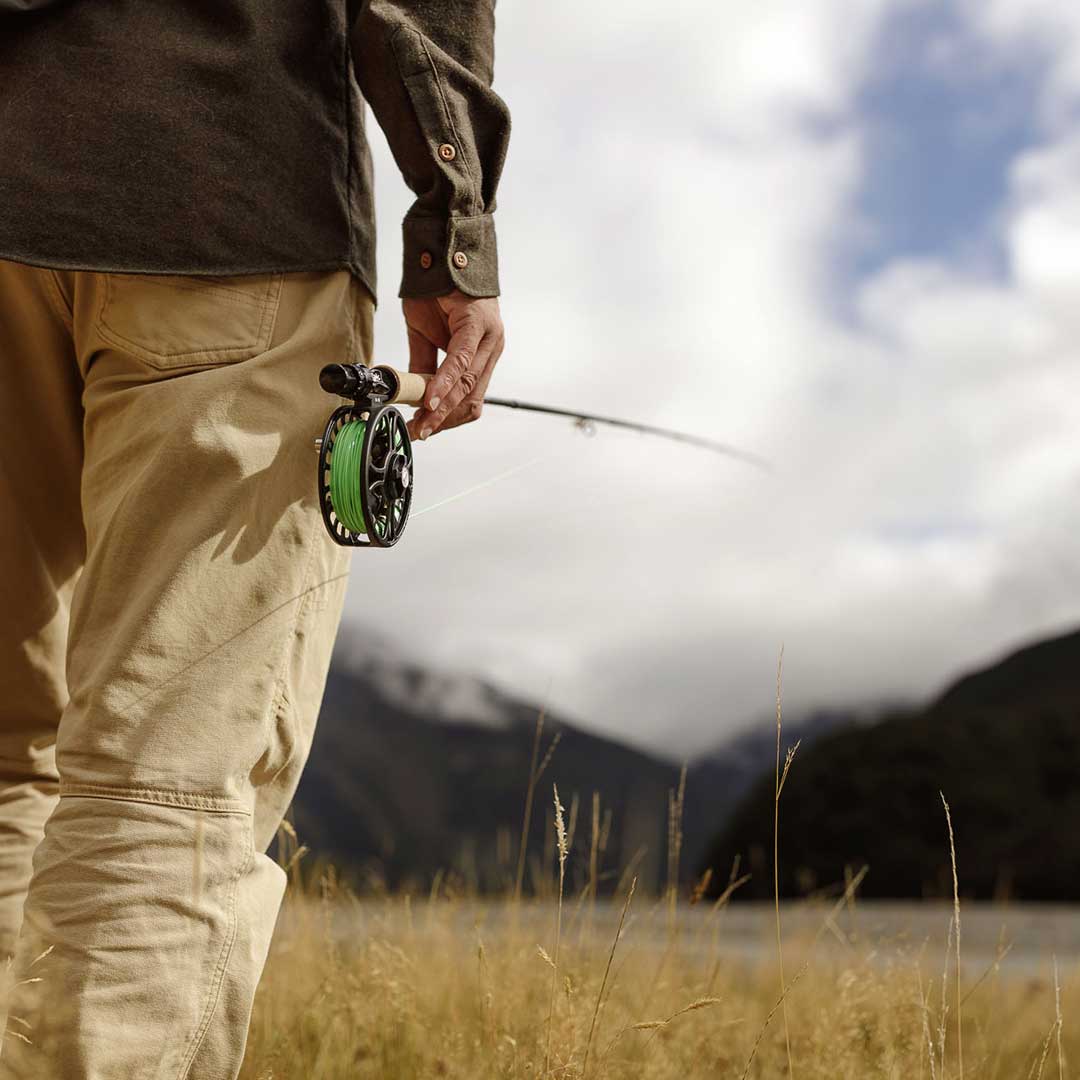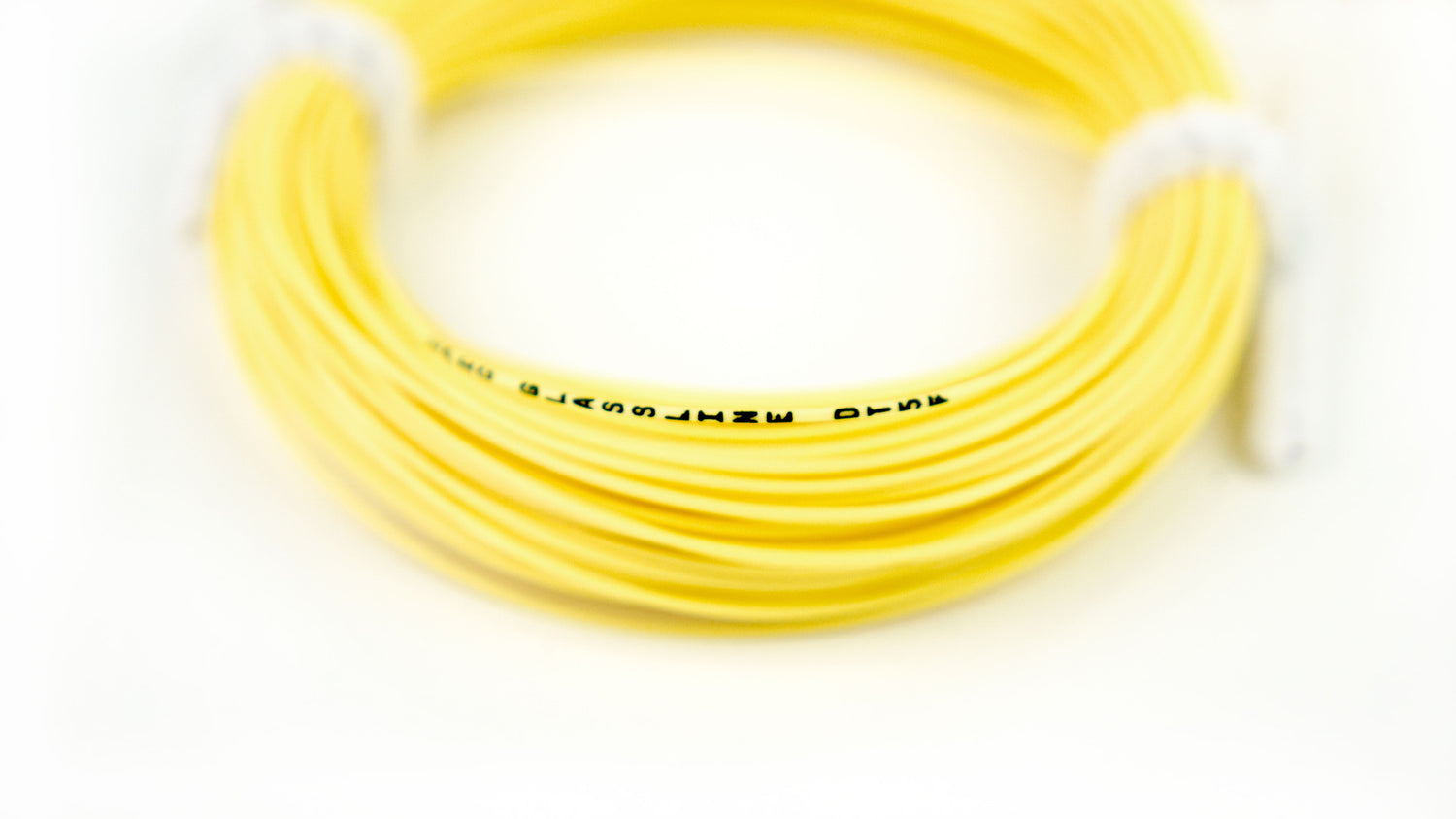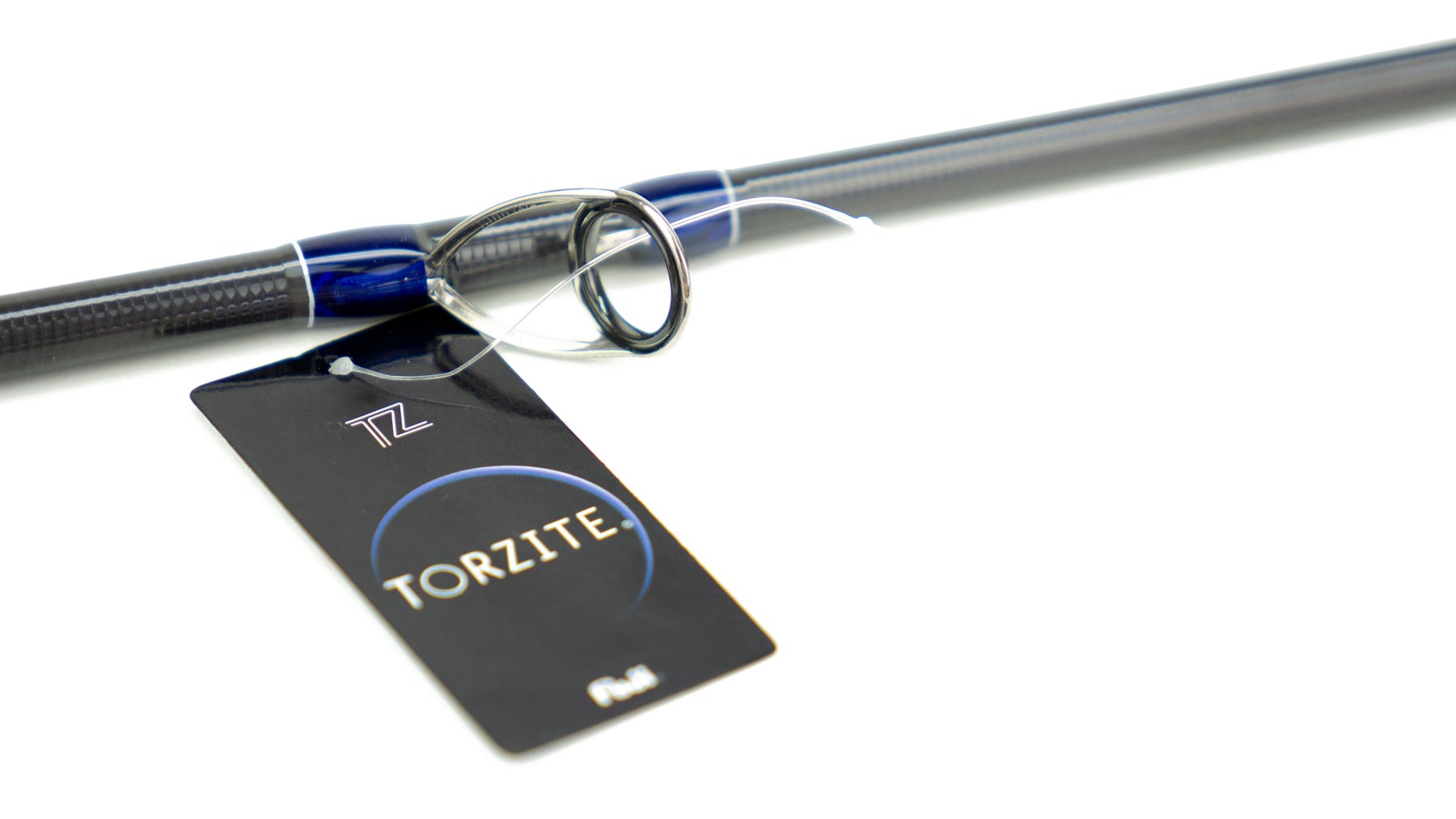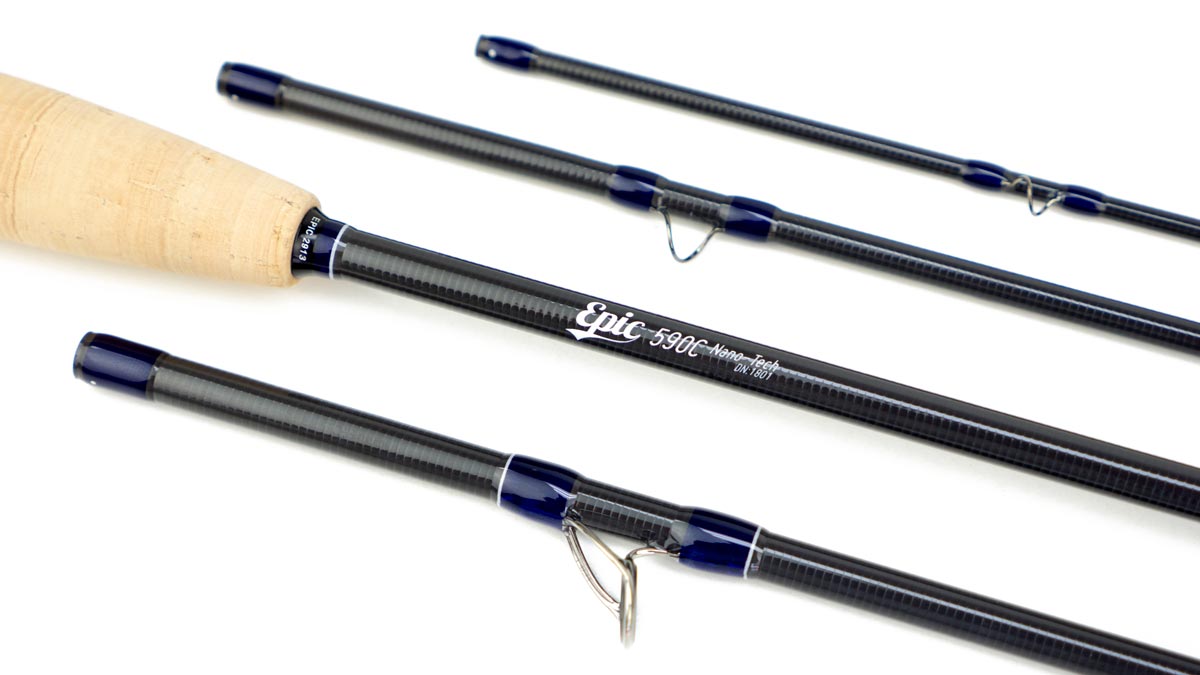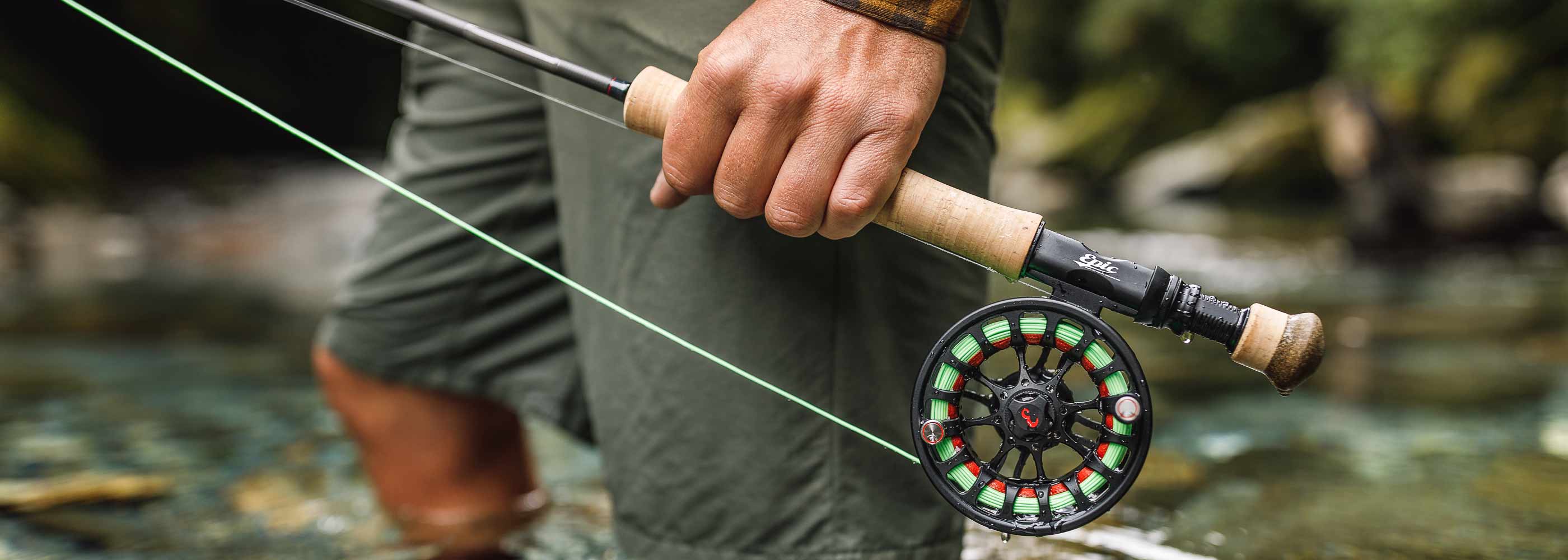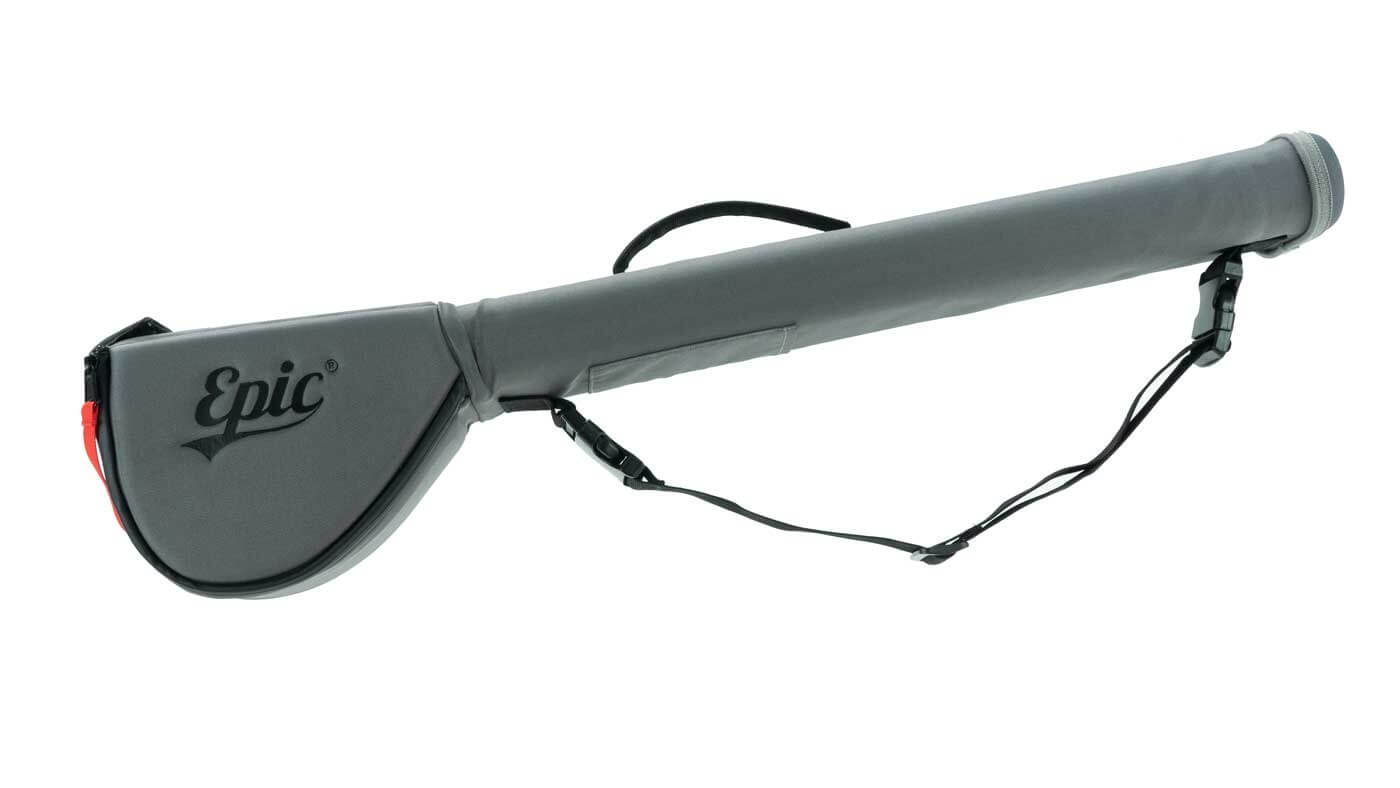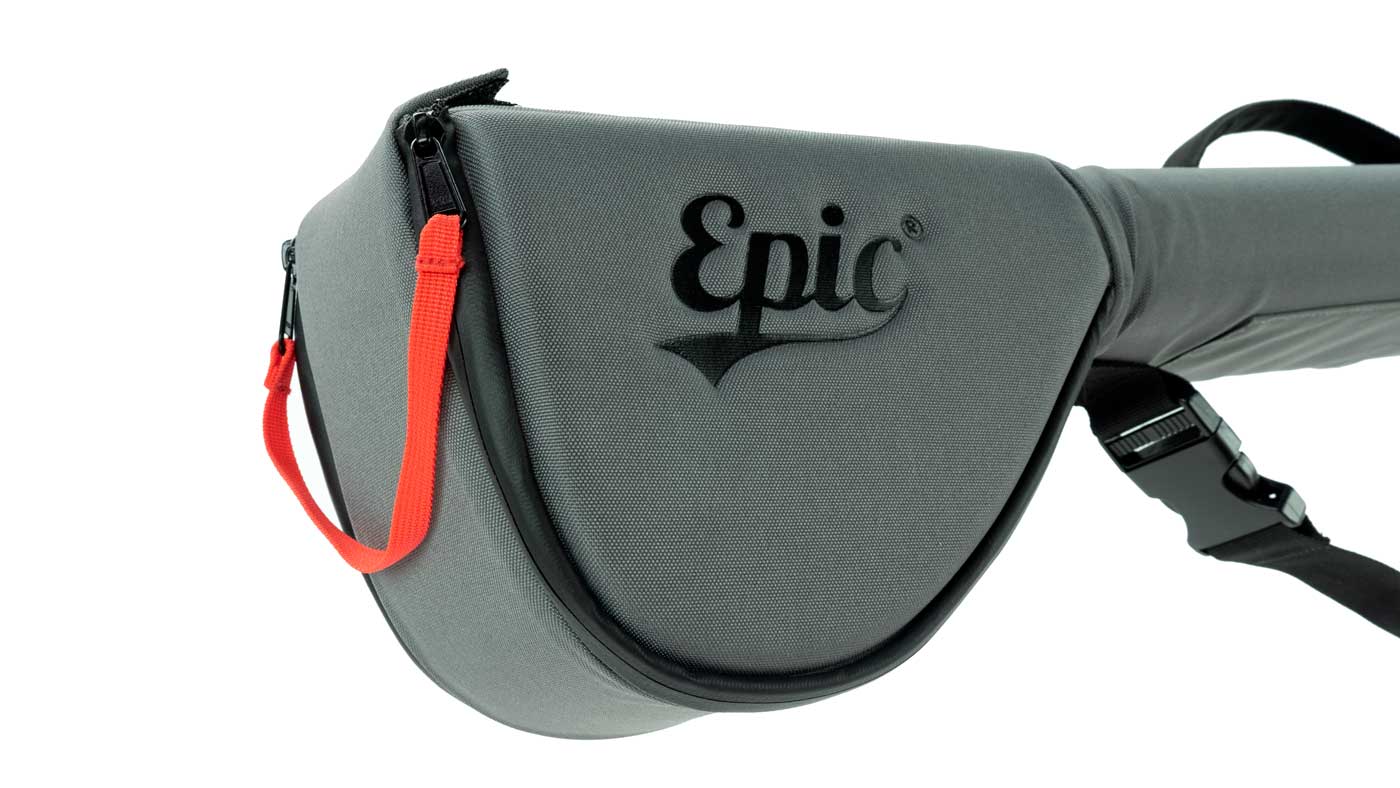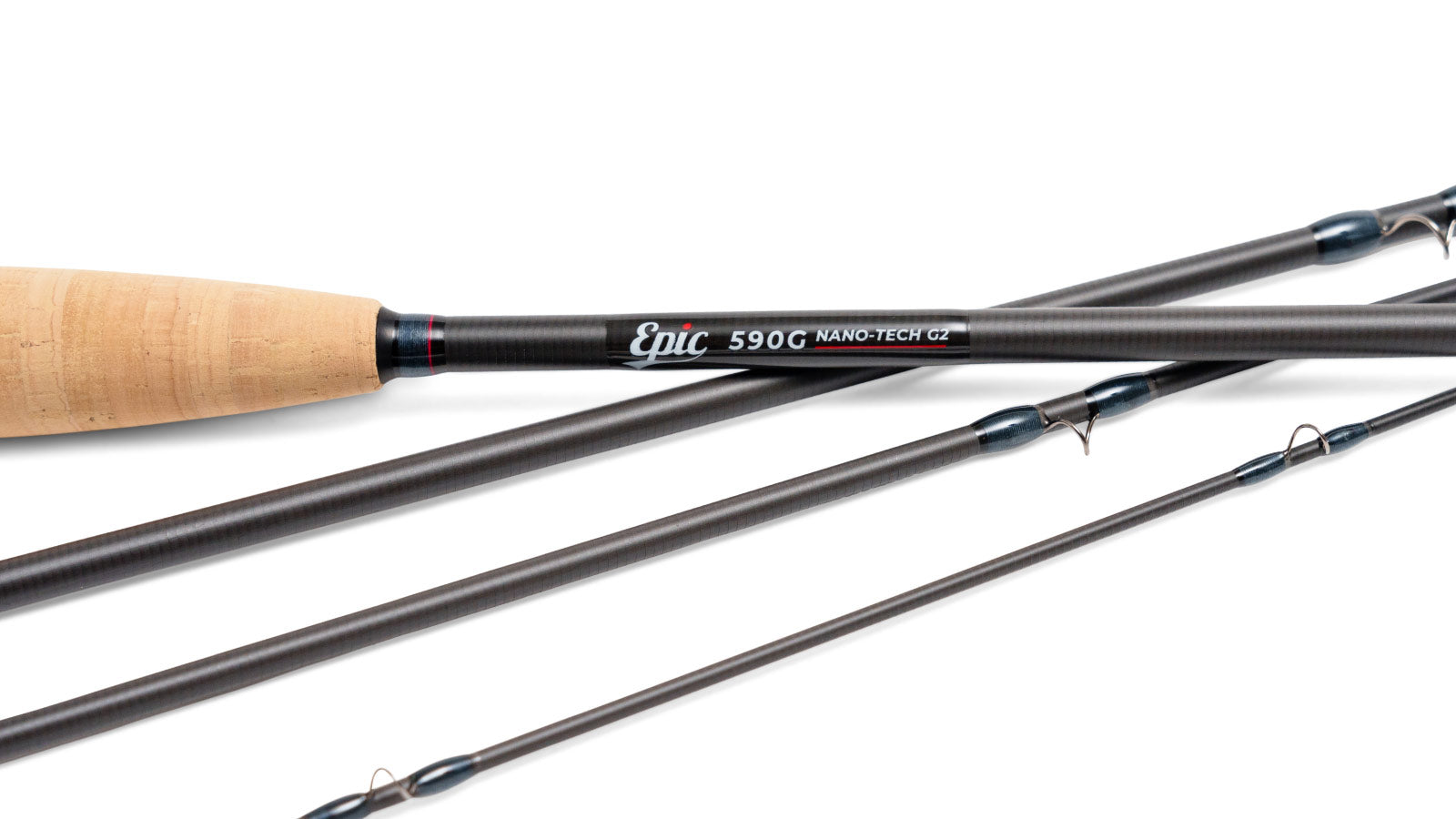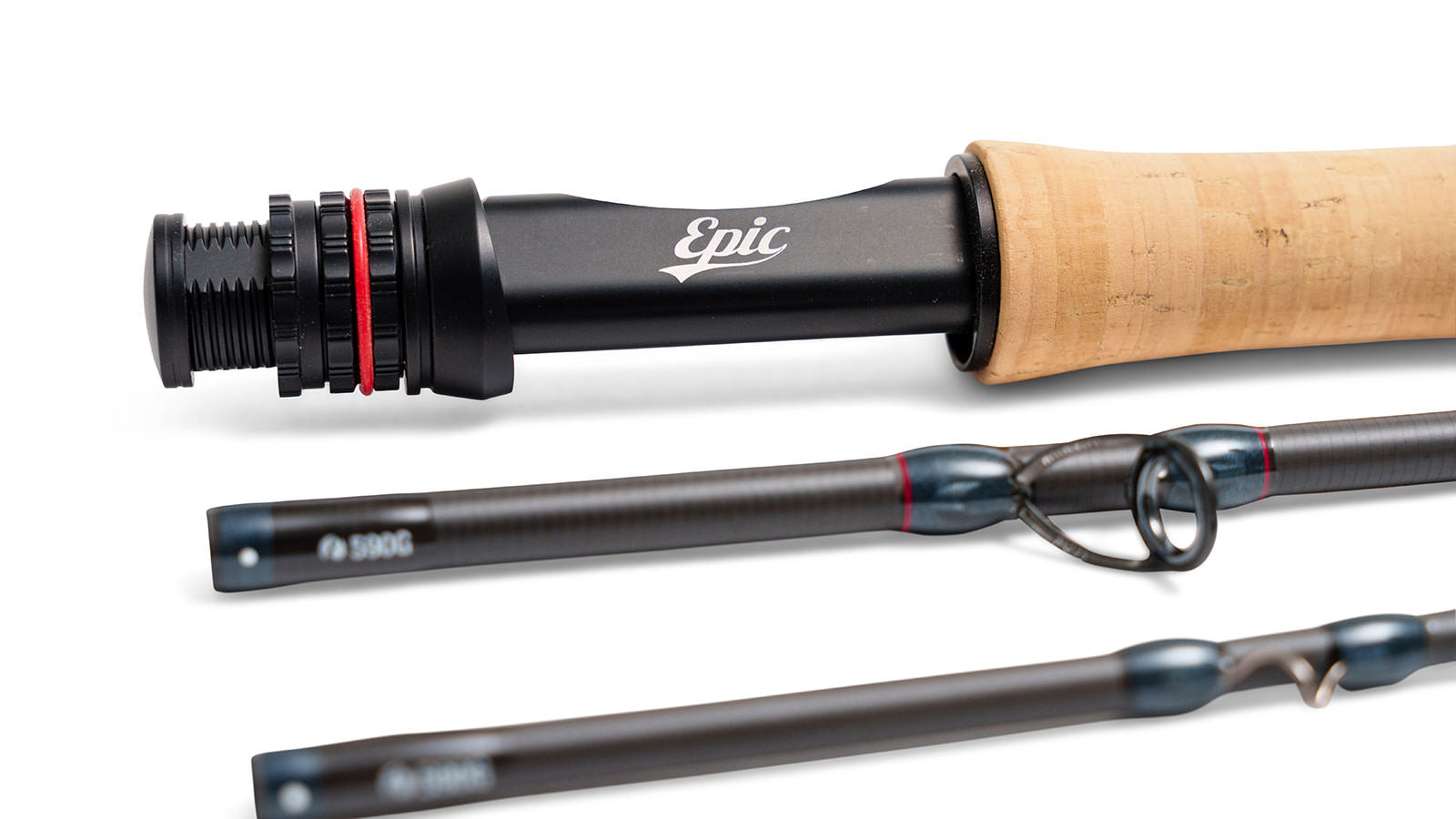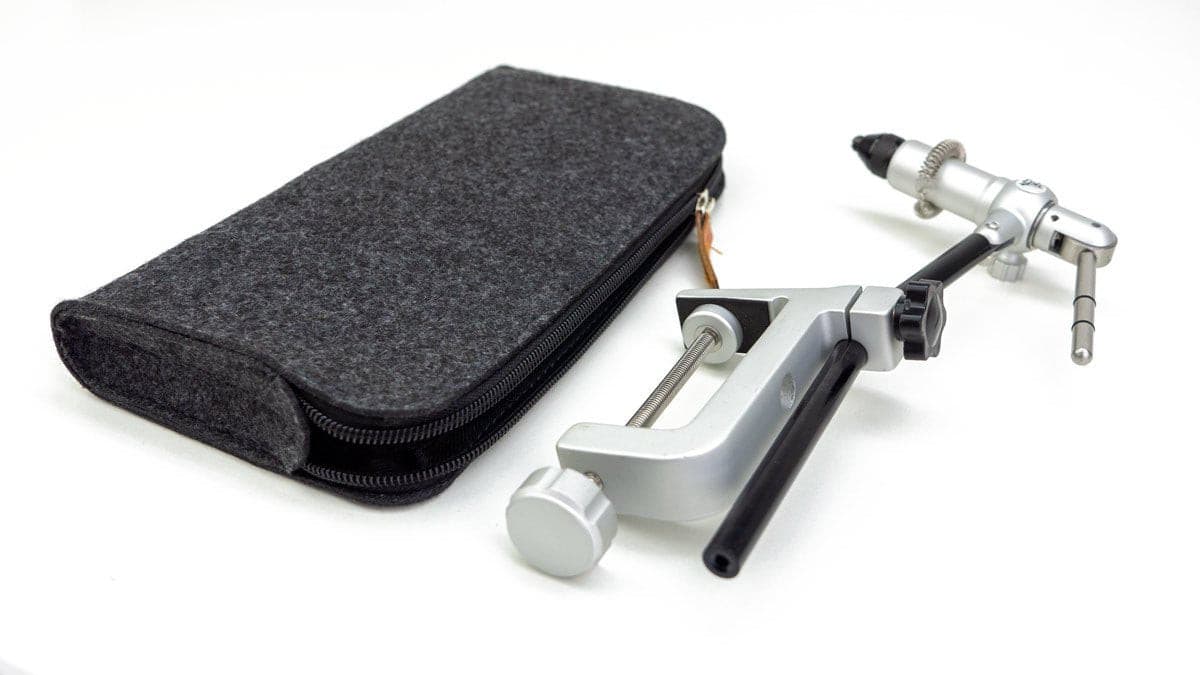Which weighs more, a floating fly line or a sinking line?
It may surprise you to know that they both weigh the same - at 30 feet anyway. Or at least they should if the fly line companies are sticking to the rules. More and more they are not, and many fly lines are 1.5x to 2x their stated weight. Some clearly by design, and some that are just tying to be a bit sneaky (more on this in an upcoming post)
A 5 is a 5 is a 5, unless it's not...
Under the AFFTA system for rating fly lines a 5 weight fly line is a 5wt regardless of whether it is a floater, a sinking fly line or an intermediate.
Fly lines are labeled using an industry standard set by The America Fly Fishing Trade Association, AFFTA, and are given a number from 1-14. A fly lines “weight” is the mass of the fly line measured in grains or grams at 30 feet as outlined in the table below. AFFTA creates and maintains industry standards to help manufacturers comply with tolerances, and to help manufacturers and retailers provide customers with well matched equipment and components. 
This standard was established and agreed by the then 'American Fishing Tackle Manufacturers' (AFTM) in 1962. There has been much discussion on the system over the years around how correct and applicable it might actually be. It’s important to note that lines for two handed rods use a different rating also published by the AFFTA
The AFTM standard is based upon the weight of the first 30 feet of line excluding the short section of level tip. 30 feet was chosen as the standard because it was felt that this length represented the length of line at which a single handed rod should be suitably loaded for reasonable casting.
So why does a floating fly line float and a sinking fly line sink? Simple - density.
The same way a 10,000 ton ocean liner floats, but a 10,000 ton block of iron does not.
A floating fly line is less dense than a sinking line, and in the case of most modern floating fly lines the outer coating is infused with “micro balloons” that increase surface area and decrease overall density.
A sinking fly line sinks simply because it is more dense - i.e. it is thiner and has a narrower cross section.
So. Fly Line Density - The Density of a fly line dictates whether the fly line floats, sinks, or partially sinks - not its weight.
Our Epic Glassline fly lines are all "true to weight" in that they conform to AFFTA standard. All our Epic fly rods are designed to cast optimally with fly lines that are true to weight.


